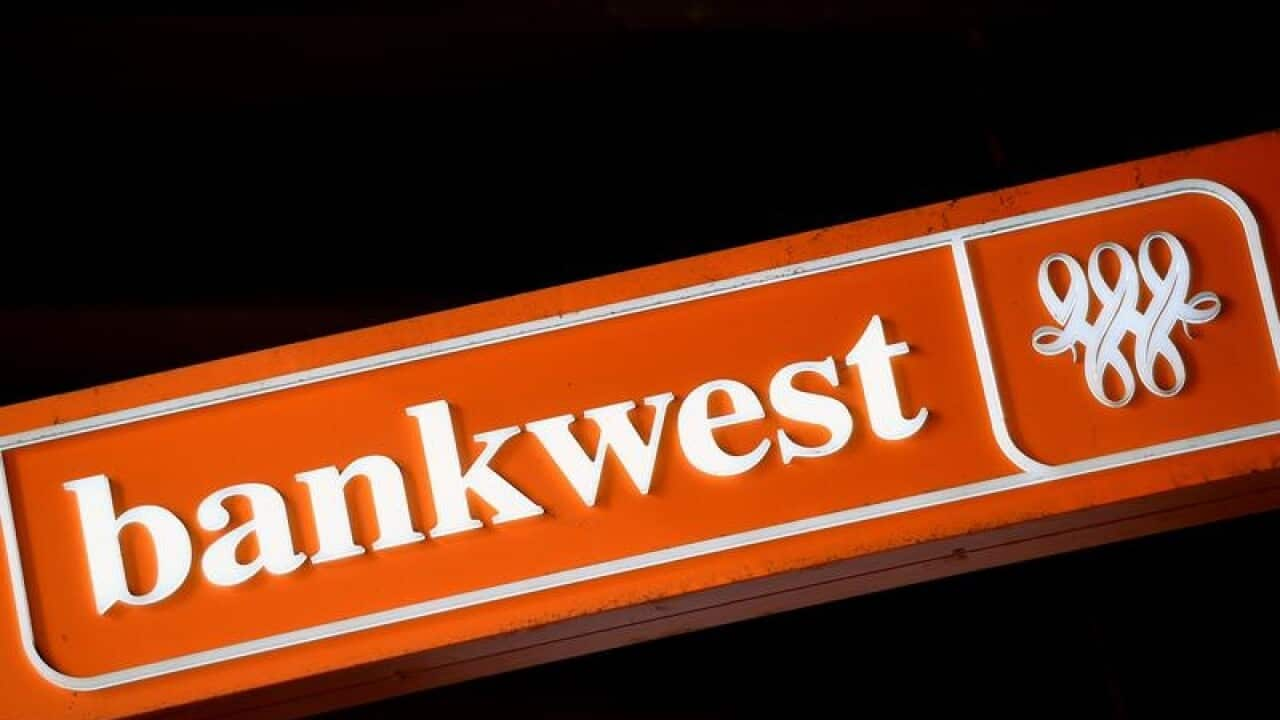Key Points
- The number of bank-owned ATMs in Australia has more than halved since 2017.
- Three-quarters of all Australian ATMs charge fees.
- In other parts of the world, campaigners are fighting to protect the use of cash in transactions.
For Joey King, $2.50 can be the difference between a meal and going hungry, so finding a bank-owned ATM when she needs cash is important.
But the 54-year-old, who lives out of her car, has recently noticed that such ATMs have been disappearing, and they're being replaced by those that charge a $2.50 fee.
According to Australia's banking regulator, the Australian Prudential Regulation Authority (APRA), the number of bank-owned ATMs in Australia more than halved between 2017 and 2022.
It all adds up
Ms King has been homeless for the past four years; house-sitting when she can, but living mostly in her car, between Perth and the south west of Western Australia.
While awaiting public housing, she relies on JobSeeker payments.

Much of Joey King's focus and energy goes into finding a place to sleep at night and figuring out how to make her fortnightly payment last, so having to seek out an ATM that will not charge her just adds to the strain. Source: Supplied
"I try to avoid the random ones because they cost $2 or more every time and while it doesn't seem much, when you're on JobSeeker, it's possibly a meal you're missing out on down the track, when it's closer to the end of the fortnight before your next pay," she said.
The case of the disappearing ATMs
In June of 2017 there were 13,814 bank-owned ATMs across the nation, but by June of 2022, there were just 6412 — a decline of 53 per cent.
A recent report by the Reserve Bank of Australia (RBA) showed 99 per cent of Australians lived within 15 kilometres of an ATM, as of June 2022.
The report also made mention of privately-owned cash machines, which charge fees to use, often a set rate of about $2.50.
"Independently-owned ATMs have gained an increasingly large share of the ATM market," it read.
A graph in the report showed that, as of 2022, they accounted for about three times as many ATMs as bank-owned machines.
Why does access to cash matter?
Campaigns around cash, access to it and the ability to use it in transactions in other parts of the world have focused on the most vulnerable in society.
In the past few years, campaigners in the United Kingdom have been pushing for government action to ensure the right and ability to carry out transactions using cash.
They argue cash transactions are often used by the most vulnerable in society, including those on low incomes, those living with a disability and the elderly.
Patricia Sparrow, chief executive for Australia's Council on the Ageing says that, while many older people prefer over-the-counter banking, with fewer branches, ATMs are an "important option for older people to withdraw cash."
"We need to ensure that older people can access banking solutions in their local community that they can use," she said.
Why are ATMs being removed?
The digitisation of payments and banking has long been blamed for the closure of many physical bank branches, which provided face-to-face banking services. The same reason is now often given for the closure of bank-owned ATMs.
When questioned on ABC Radio about the reduced number of ATMs, Australian Banking Association CEO Anna Bligh referred to the increased uptake of card payments and online transactions.
"Most of us are now overwhelmingly using cards, or doing online transactions, whether that’s for groceries, clothes, buying tickets, you name it," she said.
"And what that means is we’re in this very kind of difficult, awkward middle period where we’ve got a big change happening, people are overwhelmingly jumping into all the convenience of the new world of banking."
READ MORE

Bankwest to close 29 branches
According to the RBA, the share of total retail payments made in cash, fell from 69 per cent in 2007 to 27 per cent in 2019.
At the same time, the use of ATMs has been declining, with the number of ATM withdrawals falling by about 60 per cent since 2008.
This decline accelerated during the COVID-19 pandemic and the RBA has said it has only partially recovered.
In a recent bulletin on the topic, the RBA says "the decline in cash use can be self-reinforcing," meaning a marked decline in cash use "could lead to downward pressure" on both the acceptance of cash and access to cash.
The RBA has said it is committed to meeting public demand for banknotes so that cash continues to be available for those who want or need to use it and that it would work to support the ongoing provision of cash services in Australia.


